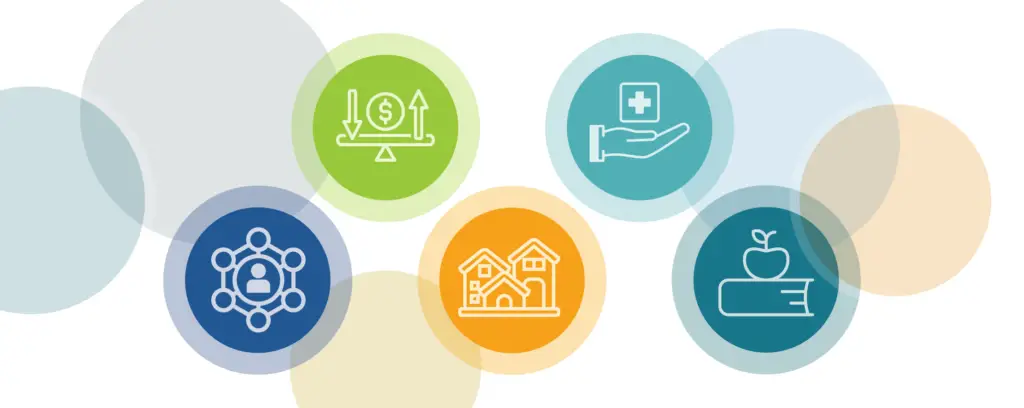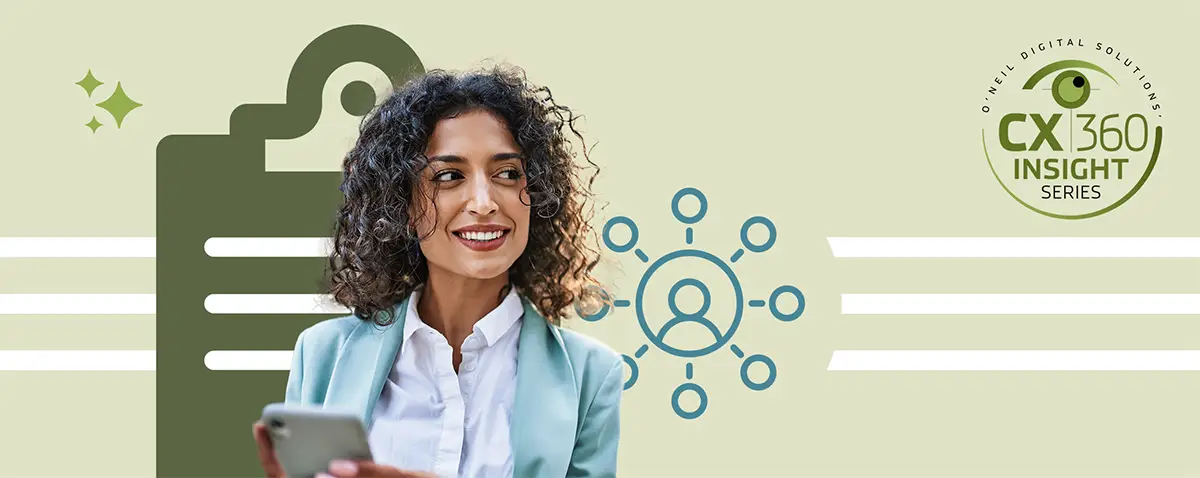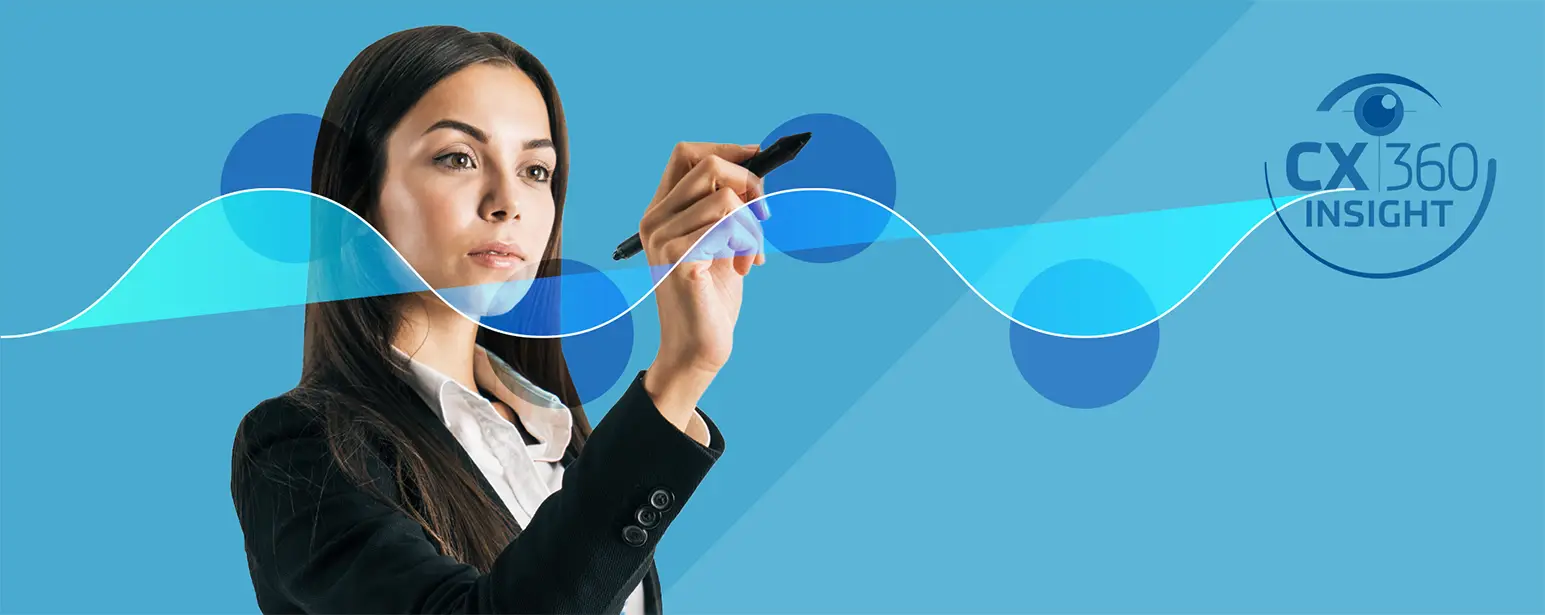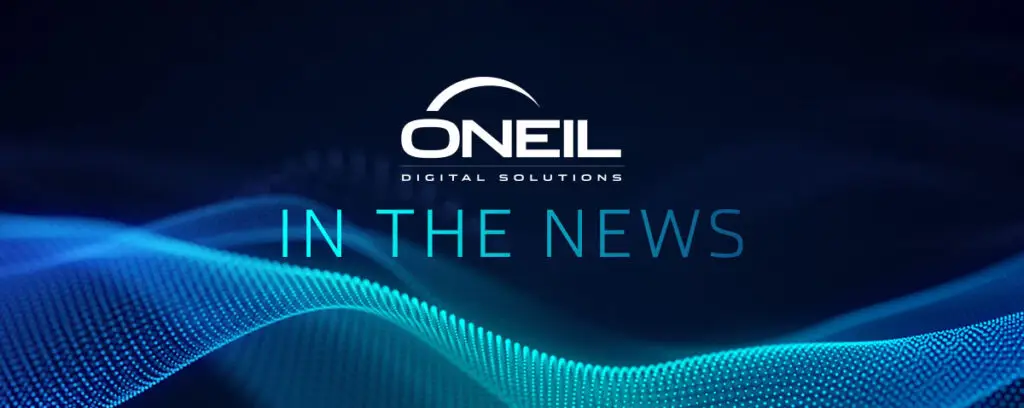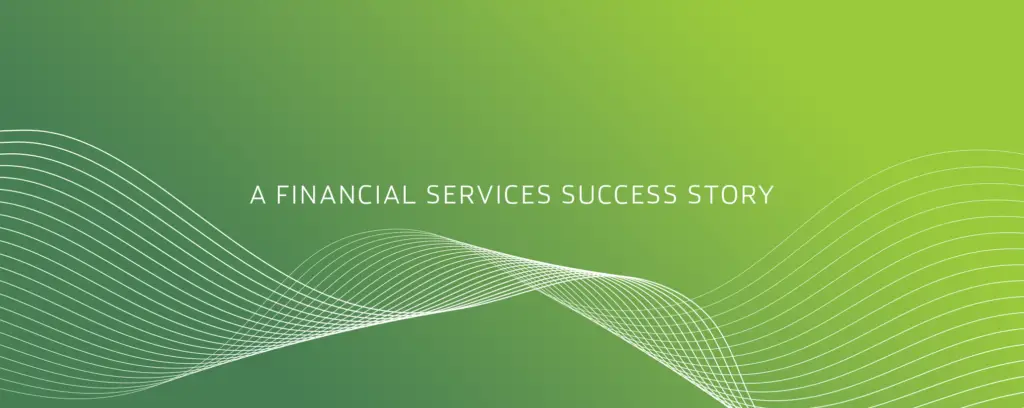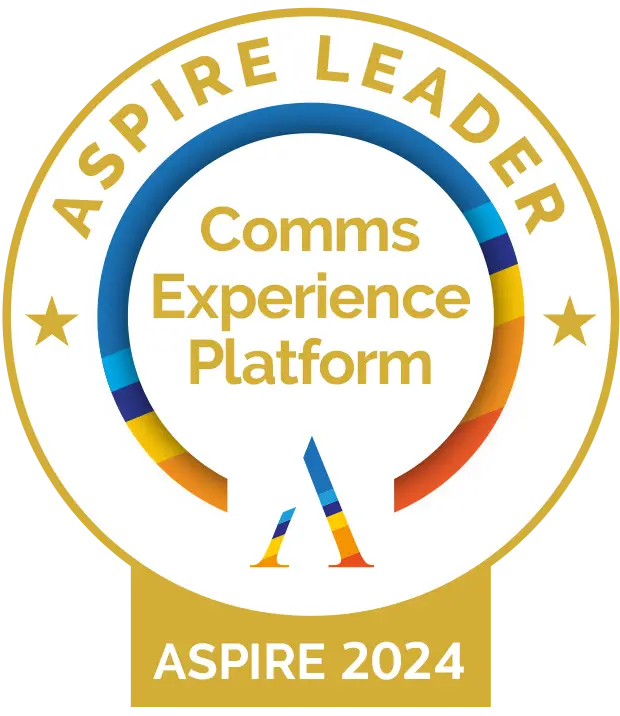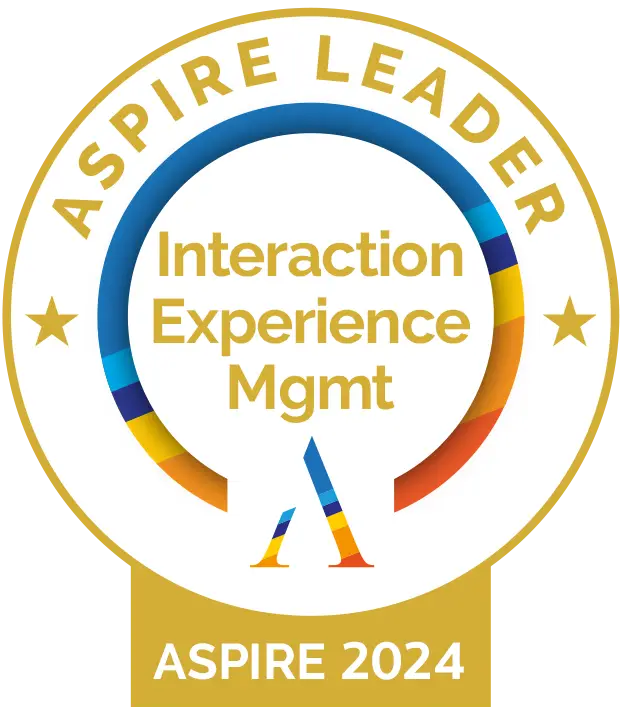Gain a Full Picture of Your Customers For Better Outcomes
I’m sure you’ve heard the popular adages: “knowledge is power” and “content is king.” But, you may not have considered these popular phrases critical to the foundation of a thriving healthcare business. After all, as a payer you must speak to a high-risk individual differently than a healthy member. From the member’s perspective, communications tailored to their needs resonates. It’s important not to turn a blind eye to the power of data-driven customer communications as an innovative platform will identify key Social Determinants of Health (SDoH). Keep reading to learn more about SDoH, who benefits from the use of such critical data, and why your customer communications management strategy is not fully optimized without it.
What Are Social Determinants of Health, and Why Are They So Important?
According to the Centers for Disease Control (CDC), Social Determinants of Health are conditions in the places where people live, learn, work, and play that affect a wide range of health and quality-of-life risks and outcomes that are beneficial to understanding and serving your members’ needs. For example, some categories in which insights about a member may be gleaned include: economic stability, education, social and community context, health and health care, and neighborhood and environment. To dig deeper, each of these categories contains even more detailed data points. Economic stability, for instance, includes insights about employment, food insecurity, housing instability, and poverty while the environment will reflect insights about access to healthy food, crime and violence, quality of housing, and more.
When culled and collected, all of these somewhat disparate pieces come together to form a more complete picture or “living persona.” Armed with living personas, payers understand clearly who their audience is, and they can create personalized customer communications experience (CCX) that speak directly to that individual instead of mass communications that may fall on deaf ears.
The Benefits of Using SDoH Data in Communications
The short answer is that everyone wins. From the members’ perspective, they receive customized email campaigns that address their comorbidity, for instance. Through this personalized messaging, the member receives key information, tips, and resources to improve or properly manage their condition. This highly customized, data-driven approach creates an emotional connection or bond between the member and the payer. They feel as though their insurance provider has their best interests at heart and has a finger on the pulse of their health.
Knowing Anna: Social Determinants of Health at Work
“Anna” is a member of a major healthcare provider. She’s a 65-year-old English-speaking Latina from Miami who recently was diagnosed by her PCP as pre-diabetic. With additional insights from SDoH data points, the payer knows that Anna has not completed her GED and lives in a community that does not readily have access to fresh fruits and vegetables. Stress more than likely poses a factor in her current health scenario, too, and the level of crime in her community is pretty high. Anna also over-indexes on cell phone usage over other forms of technology. With this complete picture of Anna in mind, the payer creates a personalized mobile campaign that is powerful, bilingual, and easy to read via mobile. The communication reads as follows:
Hola, Anna! You’re invited to a free lifestyle series with celebrity physician Dr. Manuel Rodriguez (fictional name). Be your best, find peace in your life, and learn new tips to make you healthy and happy. Join here.
Once Anna opts in, she will receive a brief message at the beginning of the day and at the end of the day containing stress reduction tips such as brief breathing exercises in the morning. Ideas for healthy, culturally relevant cuisine might include swapping out rice for quinoa. The tips for staying active may include playing your favorite salsa song and dancing for 10 minutes twice a day.
The Benefits to Payers for Using SDoH Data
The benefit to the payers is equally as powerful. As they look to acquire new customers, the conversion of those prospects will be significantly greater if the messaging directed to them is on point, meaningful, and empowering. With continued strategic customer communications management (CCM), the relationship will evolve, leading to increased retention. Furthermore, when members tackle health issues as a result of salient communications from their payer, lives not only improve but also savings are garnered.
How Can I Access Social Determinants of Health Data?
Through its ONEscore SaaS solution, O’Neil Digital Solutions offers its clients the tools and services they need to understand and enrich customer data. ONEscore is a data analytics engine that enables clients to accurately study recipient behavior in real time and properly segment their customers using 360° live personas. Through this resource, payers can access insights that drive behavioral change.To contact O’Neil Digital Solutions with questions or for a demonstration of ONEscore, click here.
O’Neil Digital Solutions, a division of William O’Neil Companies, has been the leader in technology-driven, marketing communication services for nearly five decades. Forward-thinking, resourceful, and nimble, O’Neil Digital Solutions specializes in Customer Communications Management (CCM) and provides solutions for Customer Experience Management (CXM) for the Healthcare, Insurance, and Financial Services industries. Its innovative SaaS solution, ONEsuite, is a robust CCM/CSM platform that supports every stakeholder throughout the client’s enterprise. For more information, visit oneildigitalsolutions.com.
